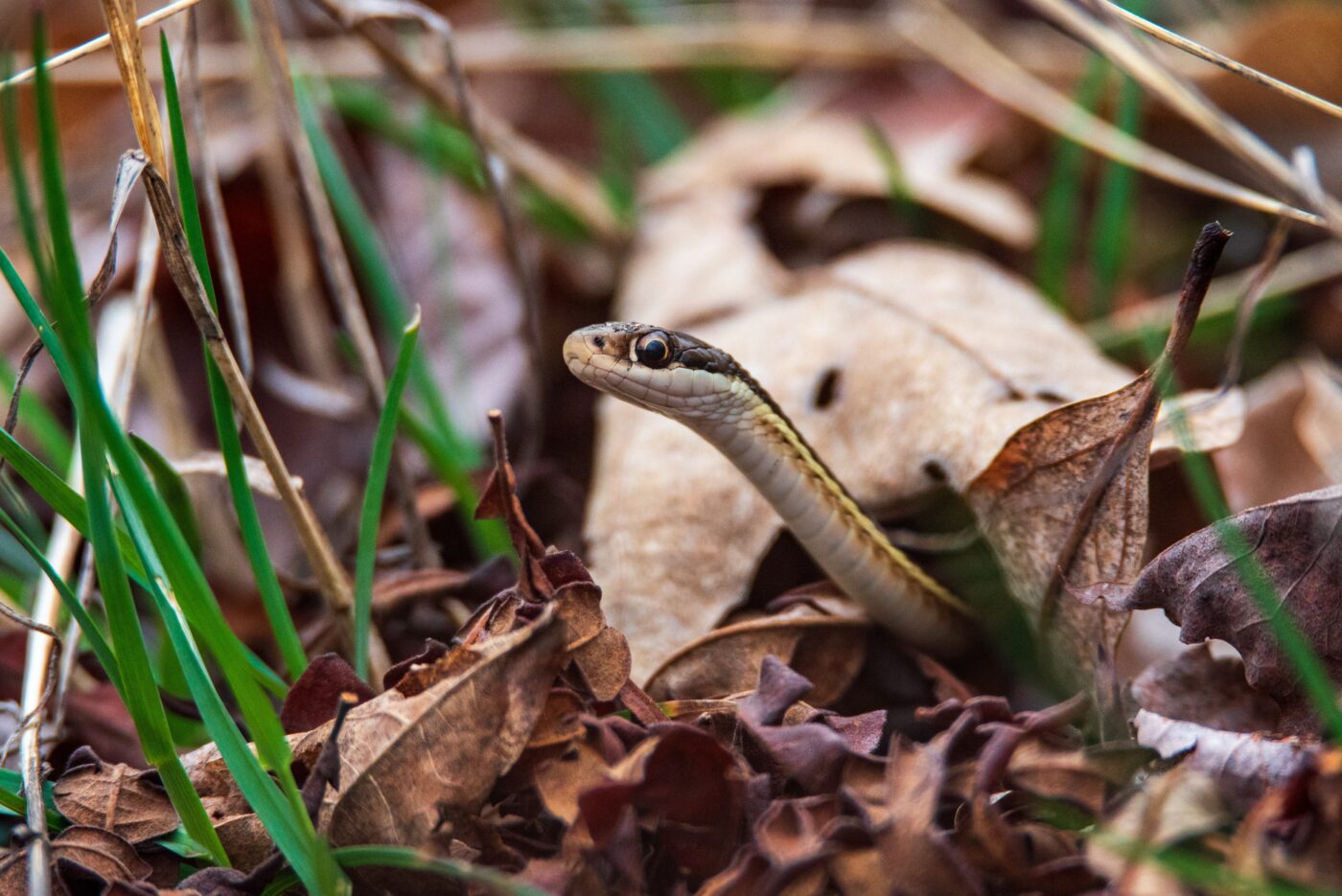People across the world prepared for and celebrated the solar eclipse on April 8, but what were wildlife doing? How did their behaviour change during this rare occurance?
That was the question that spurred on a few of our staff to venture out on the solar eclipse day to get an understanding of wildlife behaviour. Since total eclipses are a rare occurrence, it is important to gather data concerning animal behaviour, so staff contributed to the SciStarter Project:
1) Before the day of the eclipse, they downloaded a form to use to record their animal observations.
2) Prior to the eclipse, they arrived at their observation location (one of the nature reserves within the Black River Wildlands). They started watching species an hour before the peak of the eclipse, through the eclipse, and afterwards.
3) Recorded behaviour of species at specific intervals;
4) They used a drone through the duration of the eclipse to get a broader view of the landscape and in case they didn’t see everything, they could go back and review afterwards.
What did they find?
They watched Trumpeter Swans, Northern Ribbonsnake, Snapping, Midland Painted and Blanding’s Turtles. The behaviour was varied. Some of the swans continued unphased by the darkening skies, and, while most went to settle down and roost. The turtles were most active during the 15 minutes on either side of the maximum eclipse. The Ribbonsnake moved once, and then not again until they left the observation site two hours later.

